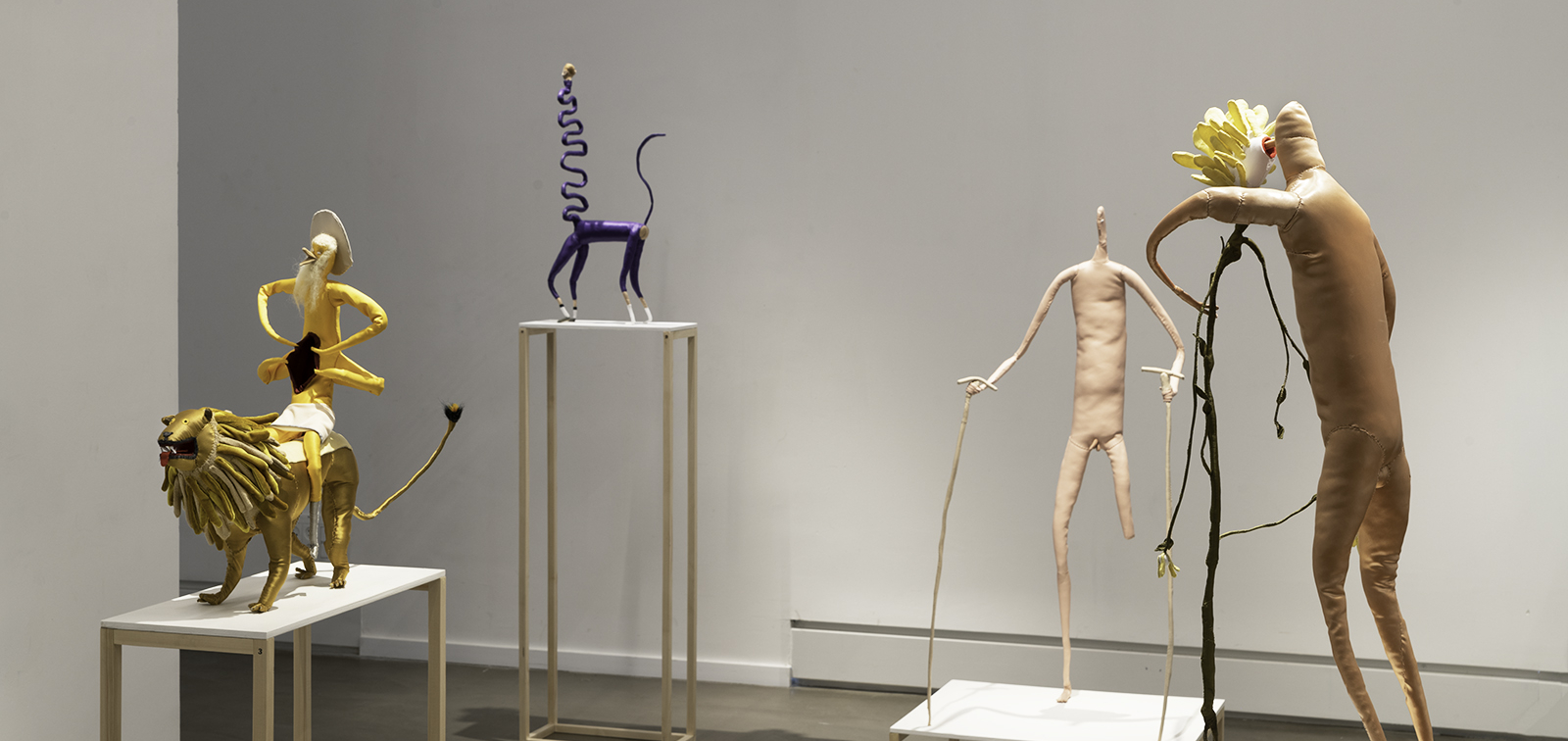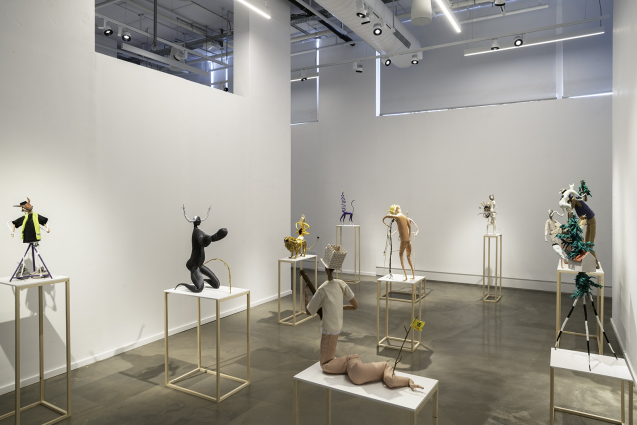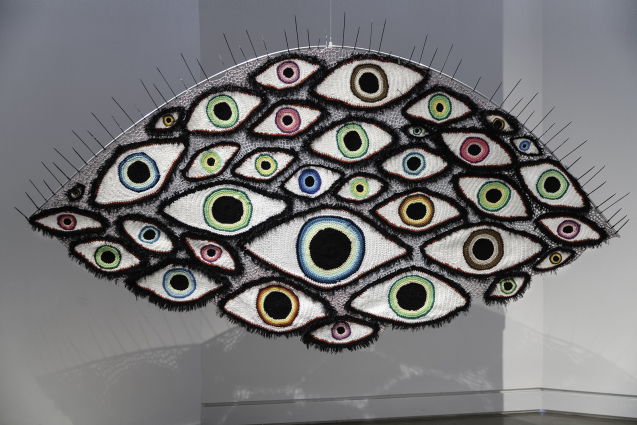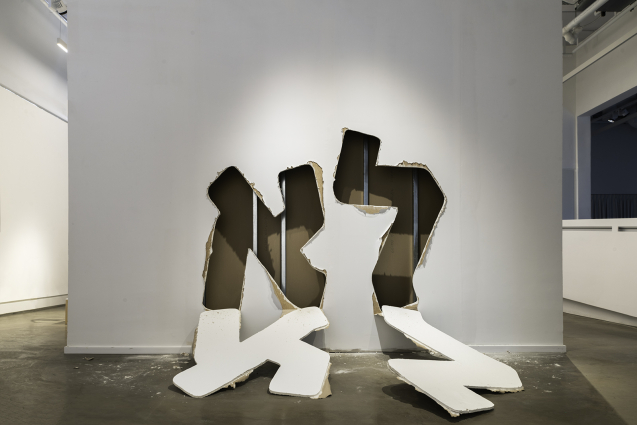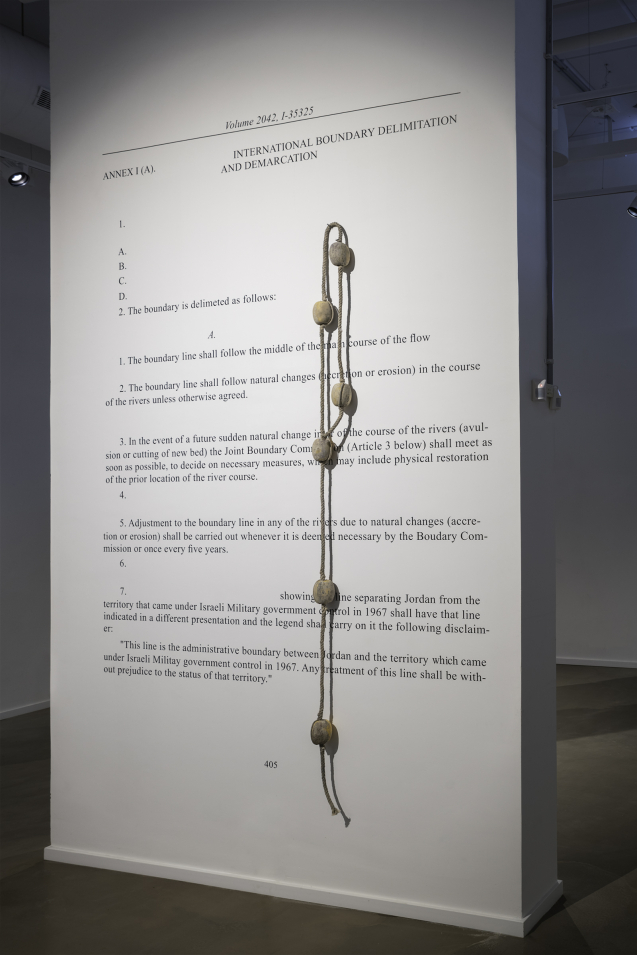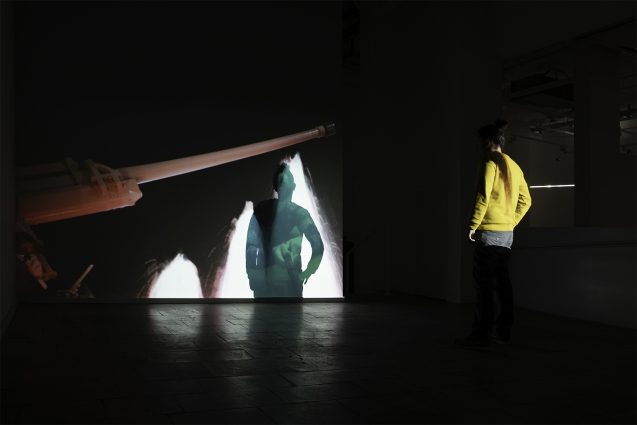In 1837 following a successful career as a painter, Samuel Morse took the wooden fixture that he used as a canvas stretcher and built the first telegraph device. His fame did not arrive, as he had expected prior to that, from his elegant brushstrokes and his precise giant paintings, but from a whole different set of lines and points. The electromagnetic signs – dots and dashes – were translated into letters and connected to words, enabling for the first time in the history of humankind to communicate remotely. No more drums, bonfires and wind instruments – Morse gave us the ability to deliver long distance messages. We haven’t stopped ever since.
Since the invention of Morse code, there have been many attempts at creating mnemonic devices to easily memorize it. These ideas vary from visual mnemonics, such as drawing each letter of the alphabet with dots and dashes or mapping the elements of the Morse code characters onto pictures, to syllabic mnemonics, based on the principle of associating a word or phrase to each Morse code letter. The Bahr Method is a mnemonic technique that changes the letters of the alphabet into words (Ax Bear Crow) representing dots or dashes. The words are then associated with one another in story form, which uses an associative technique.
The dots and dashes, the most fundamental tools an artist possesses, represent a letter, that represents a word, that becomes a story.
In “Ax Bear Crow” Artport’s residency program artists draw dashes, lines, threads, and points in the constant transition from verbal ideas to abstract ideas and back again. Like a boat deep in the sea calling for help, like the Korean hero of the movie “Parasite” signaling his son, the artists in the exhibition use dots and dashes to mark an idea, then let the idea recreate itself through a whole new set of lines.
Read more
